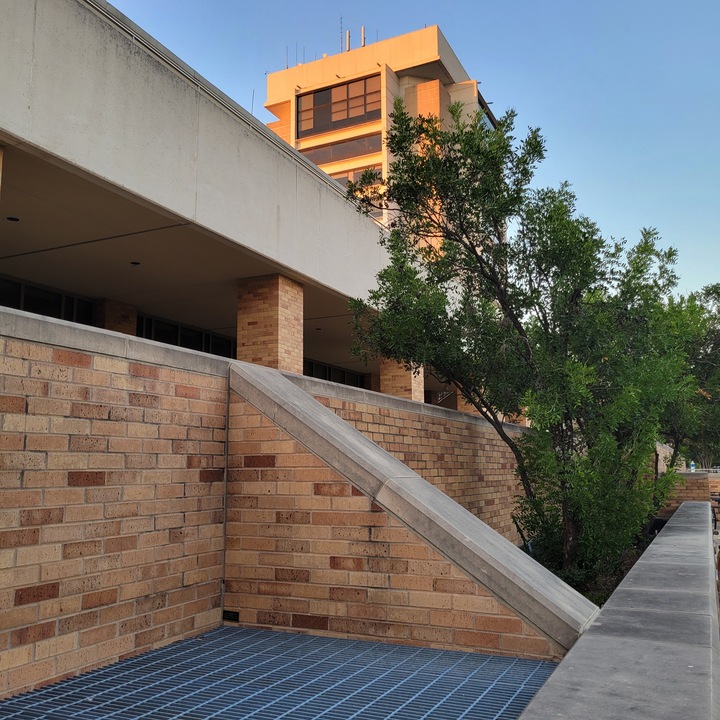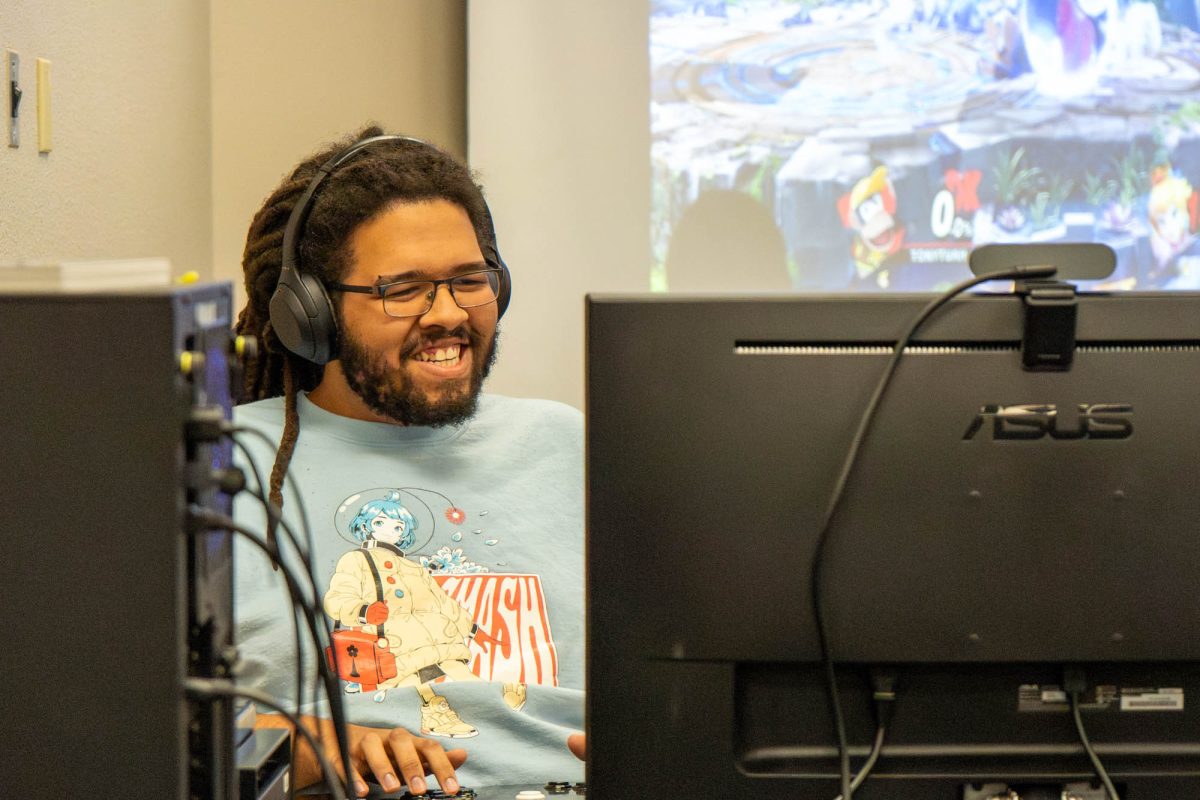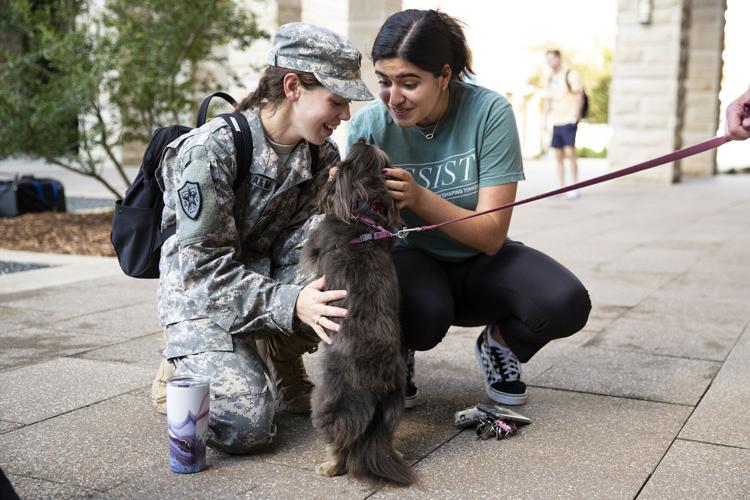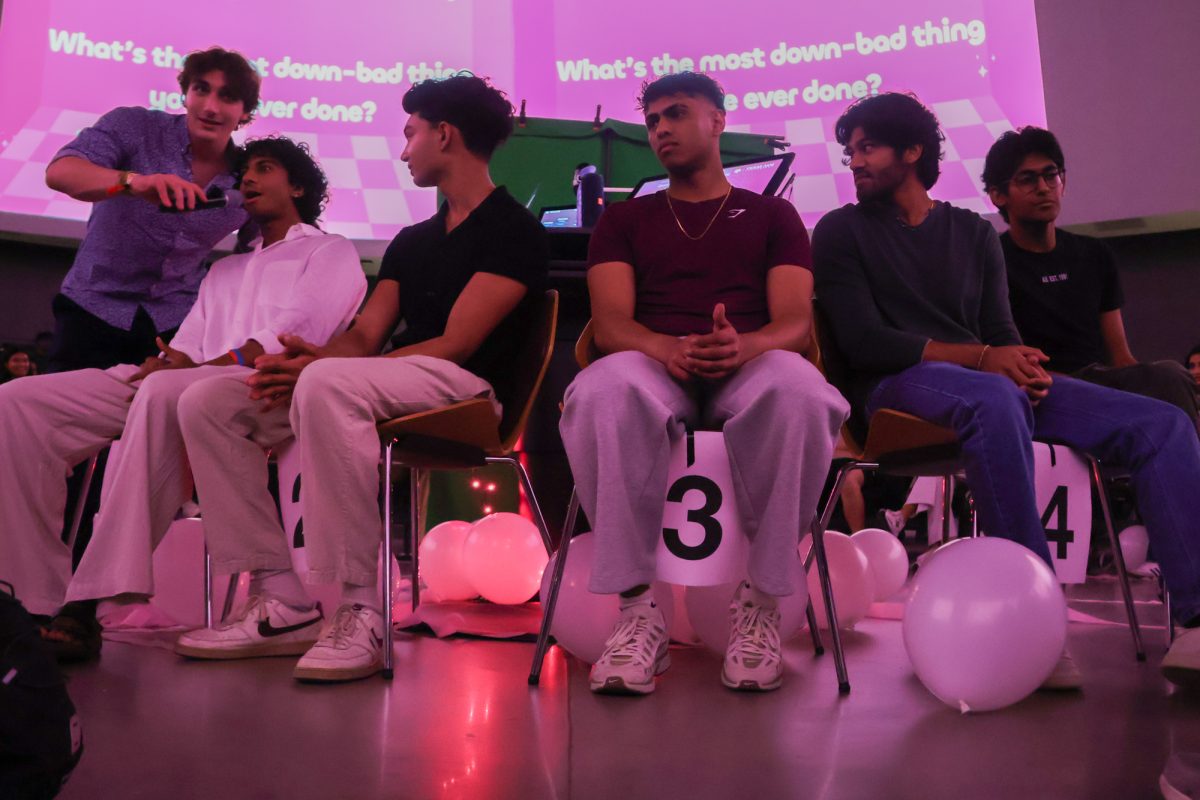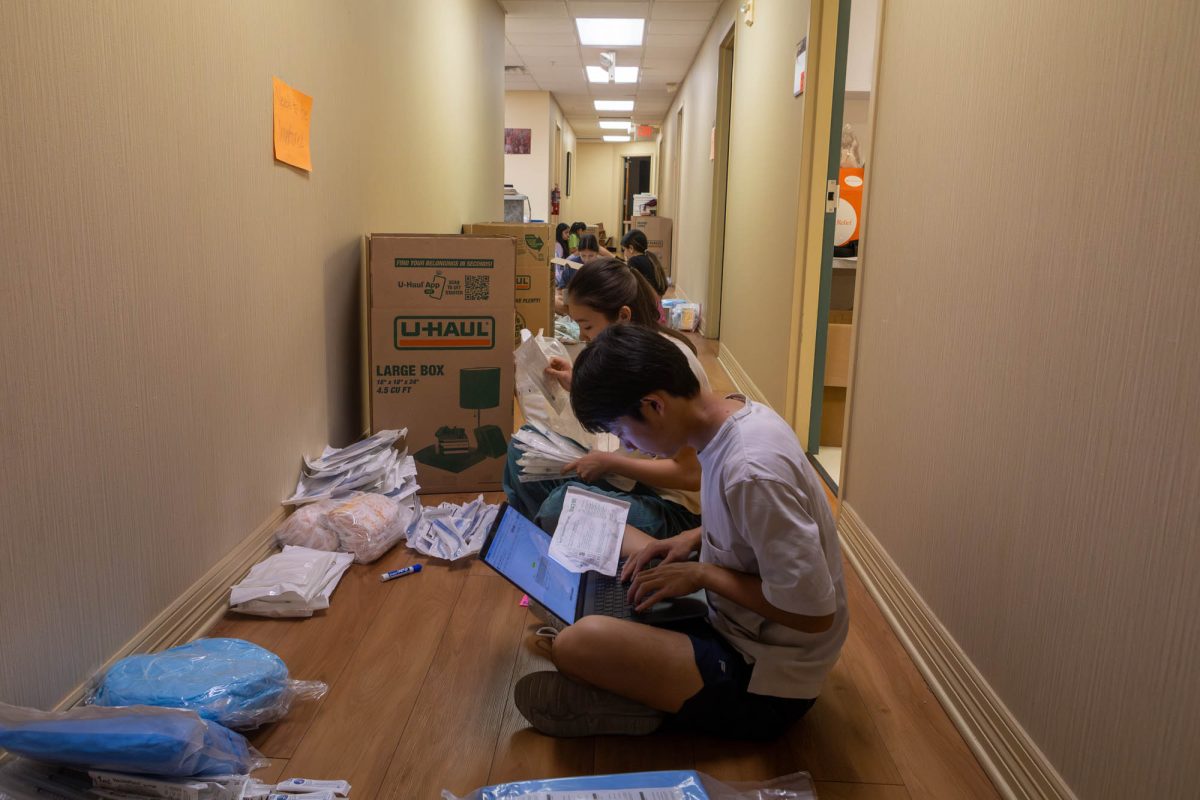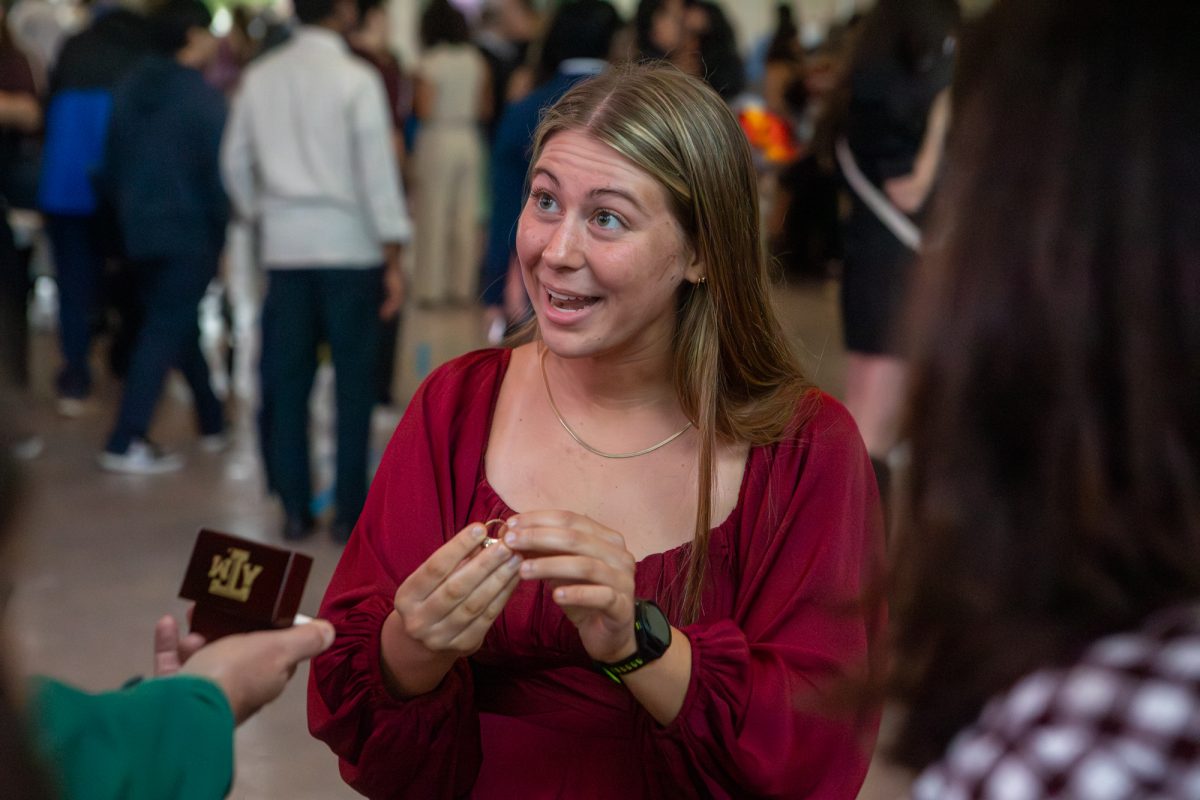Student selfies will soon have a bigger audience than their Instagram followers.
The Memorial Student Center Visual Arts Committee has created a new project to bring together student artists through their selfies.
The Texas A&M Visual Arts Committee, headed by Kaley Gross, is out to redefine the term’s importance through a new MSC display, #selfie, which will begin accepting a matted selfie along with a piece of art.
The display is intended as a way for students to gain a greater understanding of themselves and of the positive potential behind the popular photo trend.
The theme of the art submissions — kept broad for the purpose of showing how people see themselves — allows students to work with any medium that they choose. The pieces will then be hung with didactics explaining the meaning of the work.
“Selfies are a way for people to display themselves — basically to create this image of yourself through selfies — and it’s how you want people to look at you,” Gross said.
Gross said selfies are an expression of control over one’s image on social media sites.
“Selfies allow you to control how people see your life when you post pictures on social media, especially for people who don’t see you on a daily basis,” Gross said.
In the project, the students will be asked to submit a selfie photo of his or herself along with a piece of artwork.
“I think they are a form of social alibi,” said Melanie Phillips, biomedical sciences freshman. “People use them as visual evidence of the important, or depending on your point of view, not-so-important moments in their lives.”
Elizabeth Minton, biology freshman, said selfies are a product of modern communication.
“Selfies are a reflection of our digitally centered society,” Minton said. “They are as relevant as any form of social communication. That is to say, they are as important and relevant as you make them.”
Srividya Ramasubramanian, associate professor of communication and media studies, said she finds the selfie phenomenon fascinating.
“Fundamentally, as social creatures, human beings are constantly learning from one another about how to communicate and share in ways that will help them survive and flourish in their social group,” Ramasubramanian said.
The selfie phenomenon can also be simply attributed to social norms surrounding new media use, Ramasubramanian said.
“When people see others in their friend circle take selfies, post them, and get ‘likes’ for them on Facebook, they implicitly learn that such behaviors are to be emulated,” Ramasubramanian said.
Ramasubramanian said she hopes this project helps to raise awareness among students of the complex ways in which social media can influence a student’s self-image.
“I would like for the participants to use this opportunity to reflect on increasing self-awareness through inner reflection rather than looking at oneself constantly through others’ lenses,” Ramasubramanian said. “I would like for the participants to consider ways in which social media and technology can be used as positive tools to enhance our well-being and transform ourselves and our communities by connecting with bigger social causes than our selves.”
Submissions can be turned in from 10 a.m. to 4 p.m. Tuesday to a visual arts committee member at the student programs office within the MSC. The artwork will eventually be displayed at the James R. Reynolds Student Art Gallery in the MSC.
Selfie culture
October 21, 2014
0
Donate to The Battalion
$2790
$5000
Contributed
Our Goal
Your donation will support the student journalists of Texas A&M University - College Station. Your contribution will allow us to purchase equipment and cover our annual website hosting costs, in addition to paying freelance staffers for their work, travel costs for coverage and more!
More to Discover



